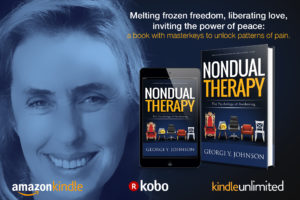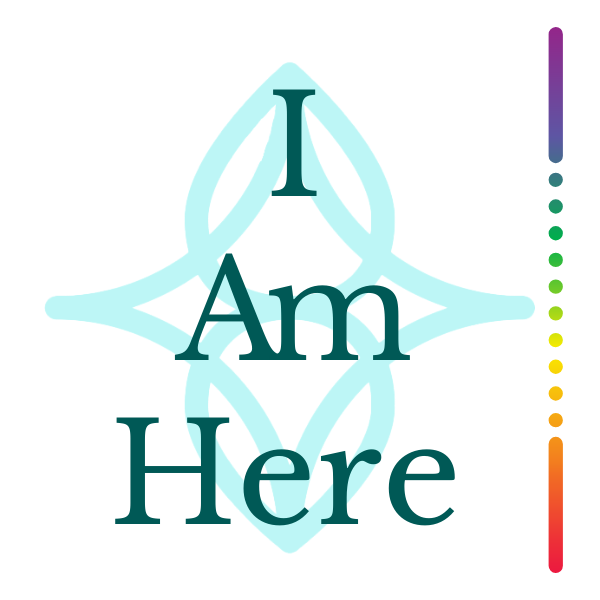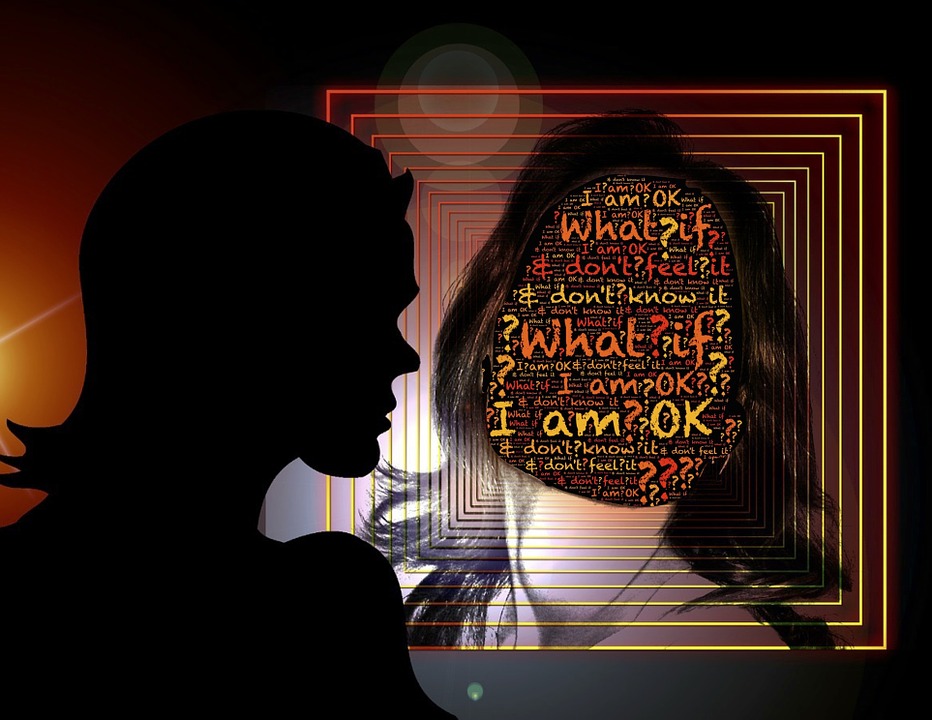Did you ever see a child hurt her knee, recover from the pain for an hour, and then on seeing her mother, scream again as if the pain was fresh? This isn’t just acting out. The pain is reawakened as a way to communicate the distress to the parent, perhaps to seek a deeper release or togetherness in experience.
The brain is not a fixed, well-defined entity. The pain registering through any branch of the nervous system is identified by the brain, and the brain then also controls it. Once the brain has it mapped that a particular limb is in pain, for example, it can continue signalling pain long after the stimulus has past. and far from being a passive recipient of the pain, the brain always controls the pain signals we feel and plastically changes itself creating pain from non-existent locations.”
Phantom Pain is Pain
In the video above, Prof. V.S. Ramachandran, discusses many of the ways our belief control our experience. Most impressively, is his training of phantom limbs with mirrors, for the relief of phantom pain, and his reference to the treatment of OCD, through the witnessing of someone else carrying out the compulsive behaviour. This has far reaching implications for the psychology of non-duality.
Ramachandran’s work makes clear that in treating physical illness, we are not only looking at the bottom-up convention of seeing injured link – brain signal – pain, as the chief biological process. We are also, dramatically looking at top-down: the perception of the brain, or the historic patterns encoded on the brain through repetition and trauma, have a direct impact on the experience of pain in the body itself. It’s both bottom-up and top-down, and from the deeper perspective of spiritual healing, perhaps neither.
In this video, Prof. Ramachandran discusses the two pain responses: chronic and acute. In a situation of chronic pain, we withdraw the limb or body part from the cause of the pain. In a situation of acute pain, the body part freezes or immobilizes. Movement itself causes pain so the solution is to not move at all. Swelling of affected areas is one biological affect of the system of immobilization as a protection.
When we move into psychological dimensions (remembering that deep emotional pain lights up the same brain centers as physical pain), we see a similar effect energetically. When someone hurts you, we tend to need to push away, or run away. We try and get away from the source of the pain. This is an acute contraction, but it still has movement. A chronic psychological contraction is that which immobilizes us: we freeze. This freeze, and the progressive immobilization of energy around the pain center, is where psychological trauma sets in. It isolates the experience from the general flow of the body.
Interestingly, Ramachandran again discusses mirror neurons, (which he jokingly coins empathy neurons, or Gandhi neurons), as the means through which we can potentially heal each other. When we are open to someone who doesn’t share the same area of contraction, we have the possibility to “live through them”, training the brain in healthy response patterns, that can then be picked up. (What he doesn’t mention is that the law of attraction will also gravitate us towards others with similar contractions in neural networks, see The Dark Side of the Mirror Neuron). In all, the individual responsibility to evolve the mind out of the limitation of binary belief systems on the very fabric of the reality we create becomes clear. The more of us who can rest in the neuroplastic space of a mind of non-discrimination, the more the rest of us will learn to rest there too.
Belief & Immunology
 As seen in the video above, the nature of our beliefs also has a direct impact on our immunity. Despite the dismissal of many forms of healing, mindfulness and alternative medicine as working through the ‘placebo’, it seems that the expansive structures of belief in q positive outcome, does have a direct impact on our actual ability to get better. The placebo could explain the positive effects of all medications, (not just homeopathic!)
As seen in the video above, the nature of our beliefs also has a direct impact on our immunity. Despite the dismissal of many forms of healing, mindfulness and alternative medicine as working through the ‘placebo’, it seems that the expansive structures of belief in q positive outcome, does have a direct impact on our actual ability to get better. The placebo could explain the positive effects of all medications, (not just homeopathic!)
In 2016, researchers from Technion Israel revealed a direct link between the placebo effect (which they term ‘optimistic mindset’) and the bodies immune system. “Our study explains how areas of the brain associated with positive emotions can affect the body’s coping with diseases,” explains Prof. Asya Rolls. “Placebo is a complex phenomenon in which the patient’s expectation of recovery affects his state of health. Expectation of improvement and arousal of positive emotions are reflected in the activity of neurons in the brain. Therefore we decided to understand, at the molecular level, how areas of the brain associated with positive feelings affect the functioning of the immune system, which is basically the body’s main defense system. We have no doubt that an understanding the mechanisms connecting the brain to this system could lead to significant medical applications based on the effect of the mind on the body.”
Immunological health has been linked to cancer, with immunotherapy being a front line of promise in future cancer therapies. The power of belief, and trust in a benevolent source of healing outside of the private self, would seem to be enormously supportive of the organism as a whole. And we have a feeling that this is just the beginning of the story.
Beliefs & Nondual Therapy
The secret behind the placebo effect, is not in the switch to positive beliefs over negative (although this could have some positive impact), but in the surrender of all beliefs to what is perceived as a benevolent authority outside the perimeters of the separate self or body mind.
This surrender in itself has a neuroplasticity that allows brain networks to release and reform. When beliefs are released from their dictatorial role over reality, the organism as itself will flow with its in-built, inherent tendency towards harmony – the same harmony that is everywhere in creation.
 Out of the insights of nondual therapy, each belief is formed around a structure of polarity. The basic polarity is inside V outside, or ‘me’ V ‘other’, An inquiry into structures of belief, which are often inherited through the generations, must begin with a degree of mindfulness about the nature of thoughts in the head.
Out of the insights of nondual therapy, each belief is formed around a structure of polarity. The basic polarity is inside V outside, or ‘me’ V ‘other’, An inquiry into structures of belief, which are often inherited through the generations, must begin with a degree of mindfulness about the nature of thoughts in the head.
The stages of inquiry, that include some sentient sourcing of the emotional energy of a contraction/trauma, could go like this:
- Locate a key belief (eg. I am stupid).
- Feel how believing that belief is make you feel inside the body-mind (eg, angry, frozen, blank), and where these feelings are located in the body.
- Ask yourself: is this belief true? (Only a yes or no answer wanted, as we’re talking to binary mind)
- Find what for you is the opposite (shadow) belief. (eg. I am clever),
- Feel how believing that belief is make you feel inside the body-mind (this can be surprising)
- Imagine how it would feel to be free of both beliefs.
- Check in on the physical layer of pain contraction and invite it lovingly to relax, as it’s OK to relax now.
- Listen to any story the remaining contraction has to tell.




